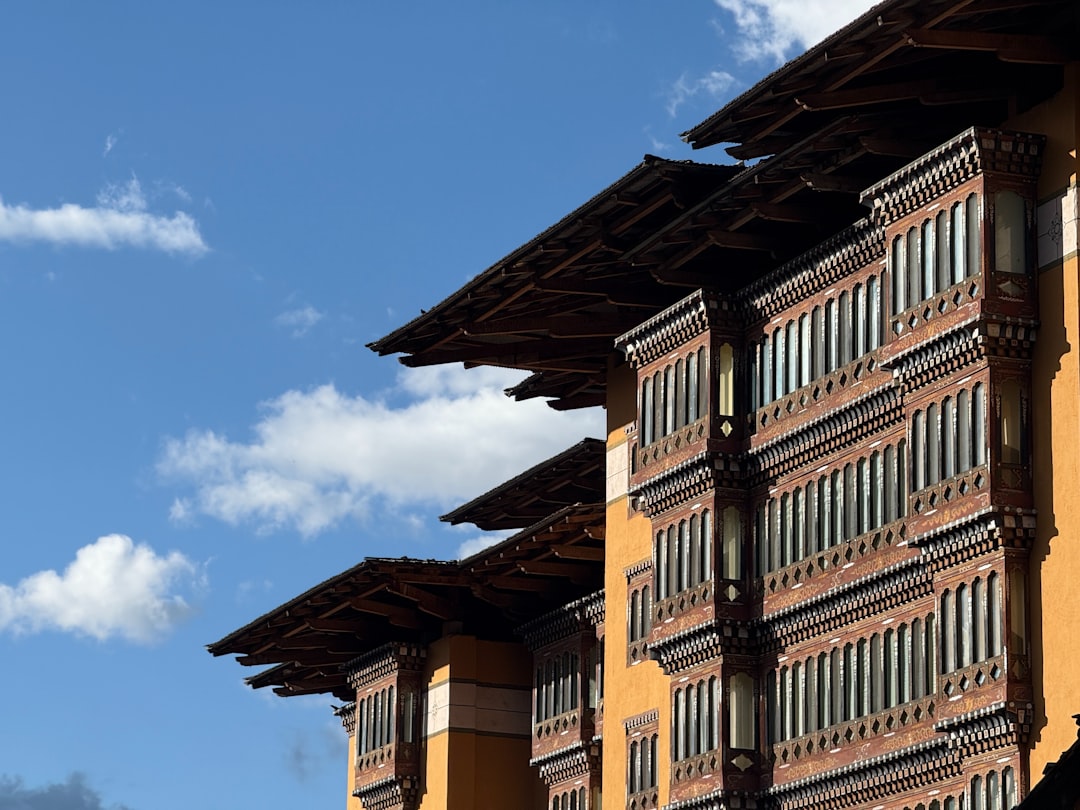Bhutanese architecture has a rich history that dates back centuries, but in recent years, there has been a wave of modern innovations in the country’s architectural design. These new developments are not only changing the landscape of Bhutan’s cities and towns but also redefining the way people interact with their built environment.
One of the key features of modern Bhutanese architecture is the use of traditional Bhutanese design elements in contemporary buildings. This blend of old and new creates a unique aesthetic that is both visually stunning and culturally significant. Buildings often incorporate traditional Bhutanese motifs, such as intricate woodwork, colorful carvings, and ornate cornices. These elements help to preserve Bhutan’s architectural heritage while also bringing a fresh, modern touch to the country’s buildings.
In addition to incorporating traditional design elements, modern Bhutanese architecture also focuses on sustainability and environmental consciousness. Many new buildings are constructed using locally-sourced materials and eco-friendly construction techniques. This not only reduces the carbon footprint of these buildings but also helps to support local communities and promote sustainable development in the region.
One example of this sustainable approach to architecture is the recently completed Royal Academy of Performing Arts in Thimphu. Designed by a team of Bhutanese architects, the building features rammed earth walls, bamboo finishes, and solar panels, making it a model of sustainable architecture in the region. The Academy not only provides a stunning venue for performances but also serves as a beacon of environmental responsibility in the country.
Another key innovation in Bhutanese architectural design is the incorporation of modern technology into traditional building practices. Advanced construction techniques, such as 3D modeling and computer-aided design, are now being used to streamline the building process and create more efficient, cost-effective structures. This blending of traditional craftsmanship with cutting-edge technology has resulted in some truly remarkable buildings in Bhutan.
One of the most striking examples of this fusion of old and new is the Bhutanese National Library in Thimphu. The building’s modern design features a striking glass facade that contrasts with the traditional Bhutanese architectural elements, such as sloping roofs and decorative woodwork. The library not only houses a vast collection of books and manuscripts but also serves as a showcase of the country’s architectural innovation.
Overall, the modern innovations in Bhutanese architectural design are transforming the country’s built environment and creating a new, dynamic architectural style that is both rooted in tradition and forward-thinking. With a focus on sustainability, environmental consciousness, and the integration of modern technology, Bhutanese architects are redefining the way we think about architecture in the region. Bhutan architecture is truly at the forefront of innovation in the field, and it will be exciting to see how these developments continue to shape the country’s architectural landscape in the years to come.
——————-
Article posted by:
Saidpiece Architects | Bhutan
https://www.saidpiece.com/
17899794
Saidpiece Architects, Dondrup Lam SE, Thimphu 11001, Bhutan
Saidpiece Architects is a multidisciplinary design and build practice based in Bhutan, delivering innovative, sustainable, and mindful architectural solutions. We specialize in architecture, engineering, interiors, urban design, and construction, creating high-quality, durable projects tailored to the unique needs of our clients while respecting local culture and context.

